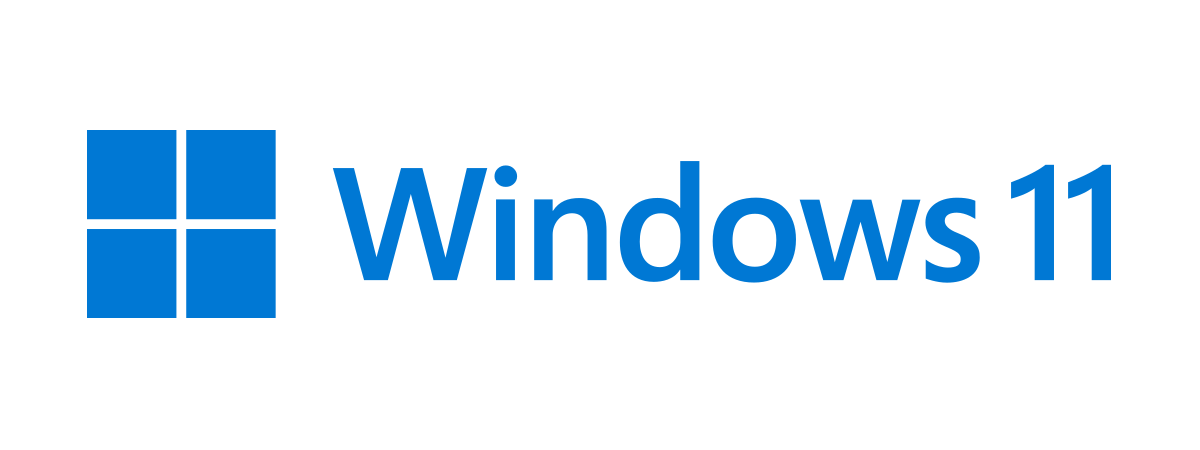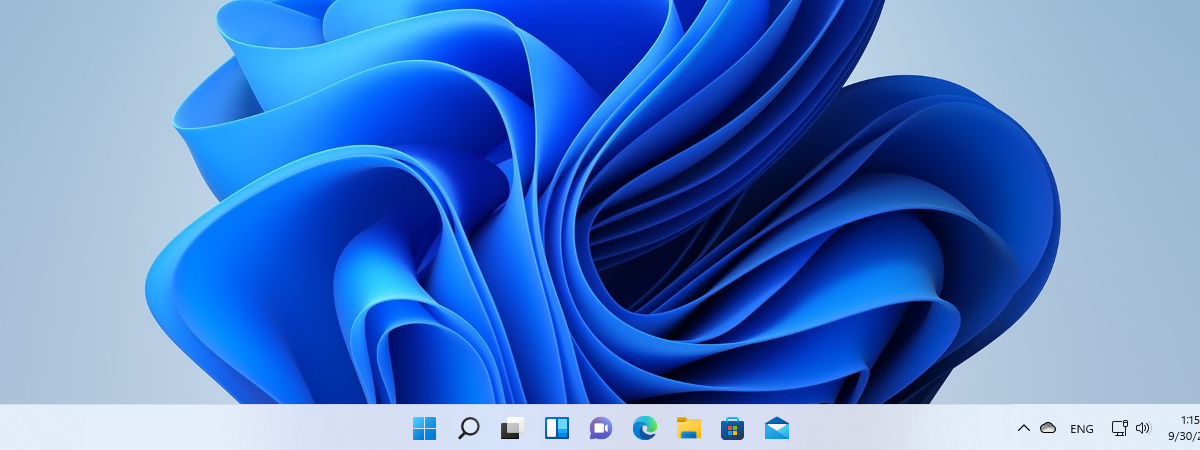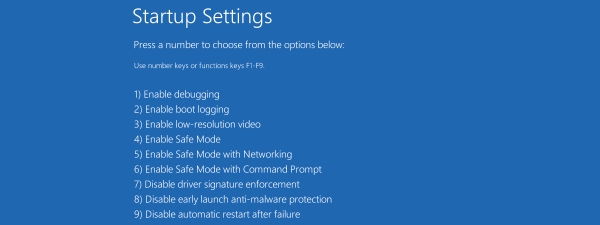
If you’ve upgraded your Windows 10 computer or device to Windows 11, tested it for a couple of days, and decided you don’t like it, you can downgrade it back to Windows 10. The procedure is pretty straightforward, but it only works during the first ten days after you’ve upgraded to Windows 11. The best thing about it is that rolling back to Windows 10 keeps all your files and apps as they were. Nothing is lost except for new apps you installed on Windows 11 and didn’t have on Windows 10. Without further ado, here’s how to downgrade Windows 11 to Windows 10:
IMPORTANT: Once you’re out of the 10-days timeframe, rolling back Windows 11 to Windows 10 is no longer possible. If you find yourself in this situation, the only way to go back is to clean install Windows 10. Unfortunately, that means all your personal files and apps will be lost in the process, so you should first back up anything you deem important.
How to uninstall Windows 11 and revert to Windows 10
The first thing you need to do to downgrade from Windows 11 to Windows 10 is to open the Settings app. A fast way to launch it is by pressing Windows + I on your keyboard, but there are other methods too. In Windows 11’s Settings, select System on the left sidebar, and click or tap Recovery on the right panel.

Going to System > Recovery in Windows 11's Settings
On the Recovery page, locate the Recovery options section. In it, you should see an entry called Go back and a button bearing the same name on its right side. Click or tap on it to begin the downgrade from Windows 11 to Windows 10.

Press Go back in the Recovery options from Windows 11
Next, Windows 11 opens a dialog window called “Go back to Windows 10,” where it asks you: “Why are you going back?”.
Choose the reason you want to uninstall Windows 11 and/or enter more details about your decision in the “Tell us more” field. Then, when you’re done, press the Next button.

Tell Microsoft why you want to downgrade to Windows 10
Now, Microsoft tries to convince you to continue using Windows 11. It does so by asking whether you’d like to “Check for updates?” because the latest updates “[...] might fix the problems you’re having”. If you’re still sure you want to roll back to Windows 10, click or tap the “No, thanks” button.

Choose No, thanks when Windows 11 asks you to check for updates
Then, Windows 11 lets you know a few things about the downgrade process:
- The rollback to Windows 10 might take a while, so you should keep your PC on and plugged in
- There might be some apps and programs that you’ll need to reinstall after the downgrade
- Any settings you’ve changed after upgrading to Windows 11 will be lost
- Although the downgrade shouldn’t affect them, it’s preferable to back up your important personal files
If you’re OK with all of the above, and you’re ready to go back to Windows 10, click or tap on Next.

What you should know before rolling back to Windows 10
There’s one more final warning that Windows 11 gives you: “Don’t get locked out.” If you had a password configured for your user account in Windows 10, you need to know it. Otherwise, you won’t be able to sign in after you downgrade from Windows 11. So make sure you do, and then press Next.

Make sure you know the password of your Windows 10 user account
And enough is enough: on the next step, click or tap on “Go back to Windows 10,” and the downgrade process from Windows 11 begins.

Go back to Windows 10
Your Windows 11 computer or device reboots and start “Restoring your previous version of Windows.” This might take a while, so arm yourself with patience and wait it out.

Restoring your previous version of Windows
Once Windows 11 finishes rolling back to Windows 10, your PC loads the Windows 10 lock screen. Click/tap anywhere on it, or press any key on your keyboard to show the sign-in screen and log in with your Windows 10 user account.

The Windows 10 lock screen
And voila: Windows 10 is back, up and running like before you’ve upgraded to Windows 11.

Windows 11 has been downgraded to Windows 10
That’s it! Feel free to forget you ever had Windows 11 on your PC: it’s time for Windows 10 all over again. 🙂
Why did you roll back to Windows 10?
Did Windows 11 have too many bugs or inconsistencies you didn’t like? Was there anything missing from it that you had in Windows 10? Why did you choose to downgrade Windows 11 and go back to Windows 10? Let us know in the comments below.





